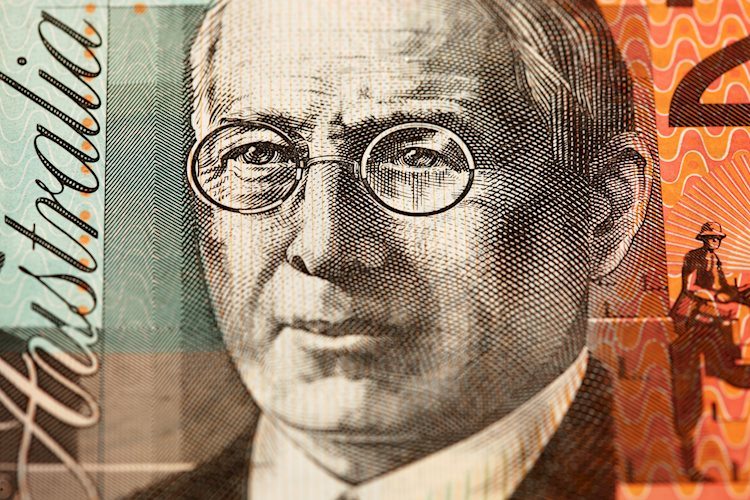The AUD/USD pair saw an increase of 0.26% during Tuesday’s session, reaching 0.6610, above the 100 and 200 day Simple Moving Average (SMA). The Reserve Bank of Australia’s (RBA) consistent hawkish stance, coupled with strong mid-tier economic data from Australia, supported the Australian Dollar.
The Australian economic outlook remains mixed, with high inflation rates, giving the RBA ample reason to maintain its hawkish position, which continues to benefit the Aussie. The August Westpac consumer confidence figure improved to 85.0, the highest since February, while July’s NAB business confidence fell slightly short. Markets are predicting a rate cut by year-end, but if data remains strong, the easing may be pushed back to 2025.
On the technical front, the AUD/USD pair consolidates near significant resistance around 0.6610. The Relative Strength Index (RSI) indicates a slightly bullish trend, while the Moving Average Convergence Divergence (MACD) shows rising green bars. Confirmation of the bullish recovery will come if the pair consolidates above the 100 and 200-day SMA convergence near 0.6610.
The Reserve Bank of Australia (RBA) sets interest rates and manages monetary policy for Australia with the primary mandate of maintaining price stability. Higher interest rates strengthen the Australian Dollar (AUD), while quantitative easing and tightening are also tools used by the RBA. Macroeconomic data, such as GDP, manufacturing and services PMIs, employment, and consumer sentiment surveys, can impact the value of the Australian Dollar.
Quantitative Easing (QE) is used in extreme situations when lowering interest rates is not enough to restore credit flow in the economy. This results in a weaker AUD. Quantitative tightening (QT) is the opposite of QE and is undertaken when an economic recovery is underway, resulting in a stronger Australian Dollar. Overall, strong economic indicators may lead the RBA to raise interest rates, further supporting the AUD.











